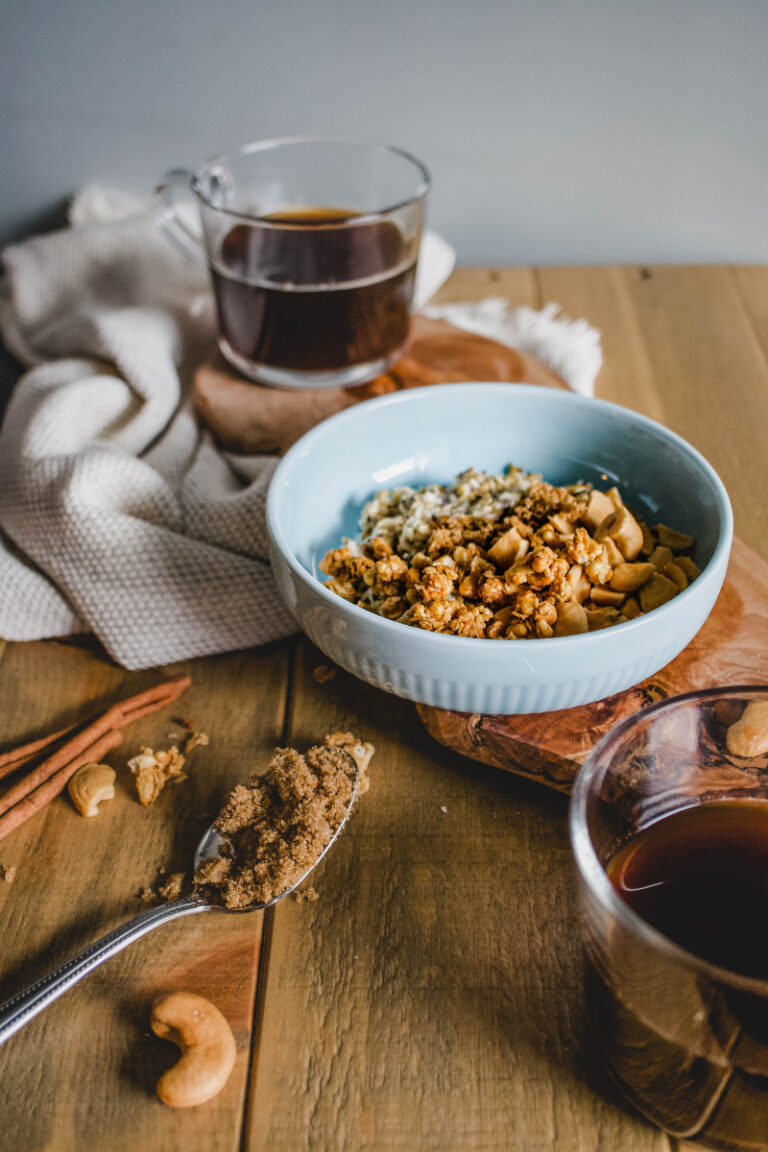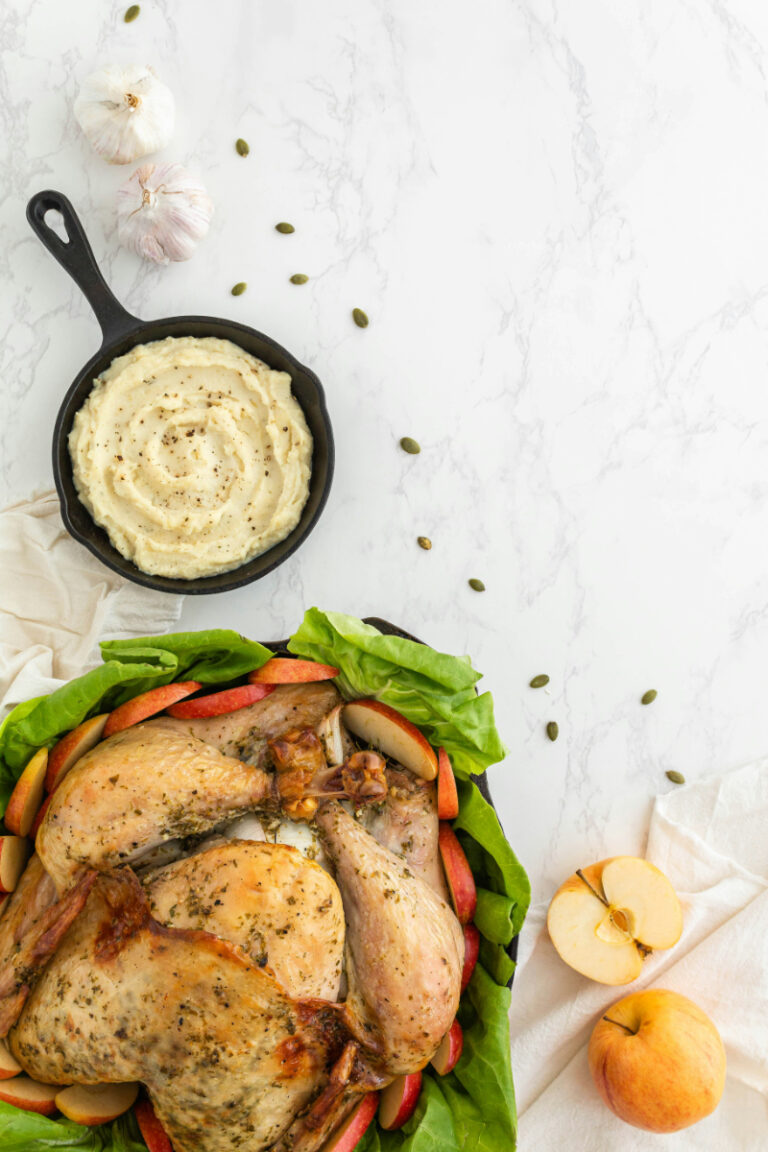Hidden Carbs in Food: How to Spot Them and Stay on Track
Are you trying to lose weight or maintain a healthy diet? If so, you may be keeping an eye on your carb intake. Carbohydrates are an essential macronutrient that provides energy to your body. However, not all carbs are created equal. Some carbs are healthier than others, and some are even hidden in everyday foods that you might not suspect.
Hidden carbs are those that are not immediately obvious in the food you eat. They are often added to processed foods to improve their taste, texture, or shelf life. These carbs can add up quickly and make it difficult to stay within your daily carb limit. If you’re trying to follow a low-carb diet, it is essential to be aware of hidden carbs and know where to find them. In this article, we’ll explore some common sources of hidden carbs and provide tips on how to avoid them.

Understanding Carbs
Carbohydrates are a macronutrient that provides energy to the body. They are one of the three macronutrients, along with protein and fat, that are essential to human health. Carbohydrates are found in a wide variety of foods, including fruits, vegetables, grains, and dairy products.
Types of Carbohydrates
There are two main types of carbohydrates: simple and complex. Simple carbohydrates are made up of one or two sugar molecules, while complex carbohydrates are made up of three or more sugar molecules.
Simple carbohydrates are often referred to as “bad” carbs because they are quickly digested and can cause spikes in blood sugar levels. Examples of simple carbohydrates include sugar, honey, and fruit juice. Complex carbohydrates, on the other hand, are digested more slowly and provide a more sustained source of energy. Examples of complex carbohydrates include whole grains, vegetables, and legumes.
Roles of Carbs in the Body
Carbohydrates play several important roles in the body. They are the primary source of energy for the brain and muscles, and they help to regulate blood sugar levels. Carbohydrates also play a role in the immune system, helping to protect against infection and disease.
It’s important to note that not all carbohydrates are created equal. Some carbohydrates, such as those found in fruits and vegetables, are nutrient-dense and provide a variety of vitamins, minerals, and antioxidants. Others, such as those found in processed foods and sugary drinks, are less nutrient-dense and can contribute to weight gain and other health problems.
In summary, carbohydrates are an important macronutrient that provide energy to the body. There are two main types of carbohydrates, simple and complex, and they play several important roles in the body. It’s important to choose nutrient-dense carbohydrates, such as those found in fruits, vegetables, and whole grains, and to limit consumption of less nutrient-dense carbohydrates, such as those found in processed foods and sugary drinks.
Common Sources of Hidden Carbs
If you’re trying to cut back on carbs, it’s important to be aware of the hidden carbs in your food. While some carbs are easy to spot, like bread and pasta, others can be more difficult to identify. Here are some common sources of hidden carbs to watch out for:
Processed Foods
Processed foods are often loaded with hidden carbs. Many packaged snacks, such as chips and crackers, contain added sugars and refined flours that can quickly add up. Even seemingly healthy snacks, like granola bars and trail mix, can be high in carbs if they contain dried fruit or added sweeteners.
When shopping for packaged foods, be sure to read the nutrition label carefully. Look for products that are low in carbs and high in fiber. You can also try making your own snacks at home using whole, unprocessed ingredients.
Sauces and Dressings
Sauces and dressings can be a sneaky source of hidden carbs. Many condiments, like ketchup and barbecue sauce, are high in sugar. Salad dressings can also be high in carbs if they contain added honey or fruit juice.
To avoid hidden carbs in your sauces and dressings, try making your own at home. You can use ingredients like olive oil, vinegar, and herbs to create flavorful dressings without the added sugar.
Beverages
Beverages can be a major source of hidden carbs in your diet. Sugary drinks like soda and juice are obvious culprits, but even seemingly healthy drinks like smoothies and sports drinks can be high in carbs.
When choosing beverages, opt for water or unsweetened tea or coffee. If you need a little flavor, try adding a slice of lemon or lime to your water. You can also try making your own low-carb smoothies using ingredients like spinach, avocado, and coconut milk.
By being aware of these common sources of hidden carbs, you can make informed choices about what you eat and drink. Remember to read nutrition labels carefully and opt for whole, unprocessed foods whenever possible.
Reading Food Labels
When it comes to avoiding hidden carbs in your food, reading food labels is essential. Here are two key areas to focus on when analyzing food labels:
Nutrition Facts
The nutrition facts label provides valuable information about the number of calories, macronutrients, and micronutrients in a serving of food. When looking for hidden carbs, focus on the following:
- Total Carbohydrates: This number includes all types of carbohydrates, including fiber and sugar. Be sure to pay attention to the serving size and the number of servings per container to accurately calculate your carb intake.
- Fiber: Since fiber is a type of carbohydrate that your body can’t digest, it doesn’t contribute to your carb count. Look for foods that are high in fiber to help you feel full and satisfied.
- Sugar: Sugar is a type of carbohydrate that can quickly add up in your diet. Look for foods that are low in added sugars to help you avoid hidden carbs.
Ingredient List Analysis
The ingredient list can also provide valuable information about the types of carbohydrates in your food. Look for the following:
- Hidden Sugars: Sugar can be listed under many different names, such as high fructose corn syrup, cane sugar, or agave nectar. Be sure to look for these hidden sugars in the ingredient list.
- Starches: Starch is a type of carbohydrate that can be found in many different foods, including bread, pasta, and potatoes. While starch isn’t necessarily “hidden,” it can quickly add up in your diet if you’re not careful.
- Alternative Sweeteners: Many foods are sweetened with alternative sweeteners, such as stevia or erythritol. While these sweeteners may have fewer calories than sugar, they can still contribute to your overall carb count.
By paying close attention to the nutrition facts and ingredient list on food labels, you can avoid hidden carbs and make informed choices about the foods you eat.
Managing Hidden Carbs
If you’re trying to manage your carb intake, it’s important to be aware of hidden carbs in your food. Here are some tips and strategies for managing hidden carbs:

Low-Carb Diet Tips
- Choose low-carb vegetables: Vegetables are an important part of a healthy diet, but some vegetables are higher in carbs than others. Choose low-carb vegetables like leafy greens, broccoli, cauliflower, zucchini, and bell peppers.
- Read labels: When shopping for packaged foods, be sure to read the labels carefully. Look for hidden sources of carbs like sugar, corn syrup, and other sweeteners. Pay attention to serving sizes as well.
- Avoid processed foods: Processed foods are often high in carbs and low in nutrients. Stick to whole, unprocessed foods like meat, fish, eggs, and vegetables.
- Use low-carb substitutes: There are many low-carb substitutes available for high-carb foods like pasta, bread, and rice. Try using zucchini noodles, cauliflower rice, or almond flour instead.
Meal Planning Strategies
- Plan your meals ahead of time: Planning your meals ahead of time can help you avoid hidden carbs. Make a list of low-carb foods and plan your meals around those foods.
- Cook at home: Cooking at home allows you to control the ingredients in your meals. Use low-carb ingredients like olive oil, coconut oil, and butter.
- Pack your own snacks: When you’re on the go, it can be hard to find low-carb snacks. Pack your own snacks like nuts, cheese, and vegetables.
- Track your carbs: Keeping track of your carb intake can help you stay on track. Use a food diary or app to track your carbs and make sure you’re staying within your daily limit.
By following these tips and strategies, you can manage hidden carbs in your diet and stay on track with your low-carb lifestyle.






